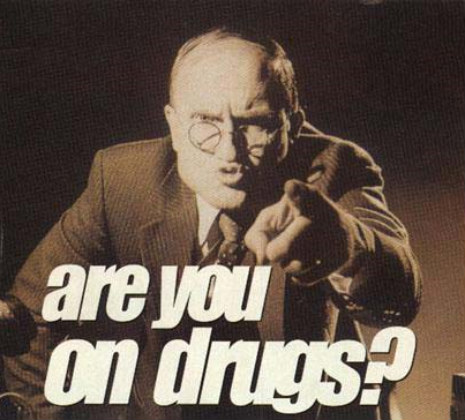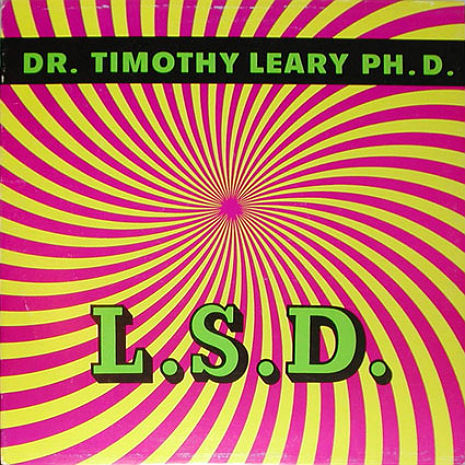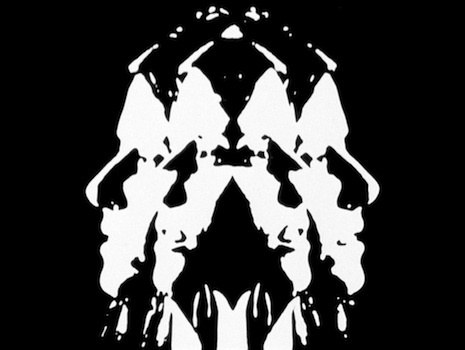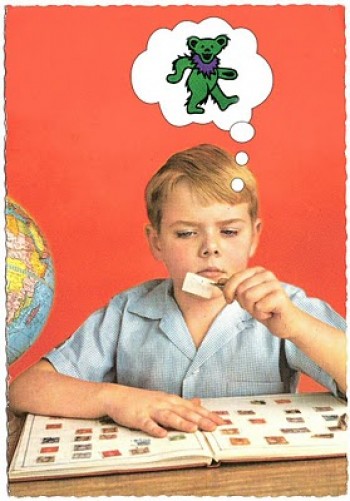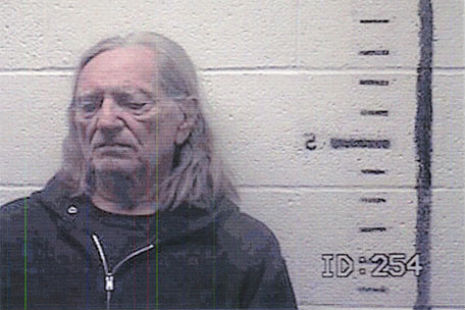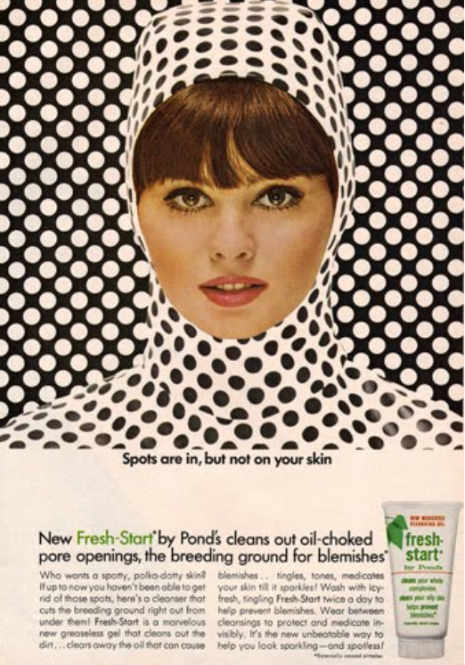In November of 1966, the poet Allen Ginsberg made a modest proposal to a room full of Unitarian ministers in Boston. “Everybody who hears my voice try the chemical LSD at least once,” he intoned. “Then I prophecy we will all have seen some ray of glory or vastness beyond our conditioned social selves, beyond our government, beyond America even, that will unite us into a peaceful community.”
The poet had been experimenting with drugs since the 1940s as a way of achieving what his Beat Generation friends named the “New Vision,” methodically keeping lists of the ones he tried — morphine with William Burroughs, marijuana with fellow be-bop fans in jazz clubs, and eventually the psychedelic vine called ayahuasca with a curandero in Peru.
For Ginsberg, drugs were not merely an indulgence or form of intoxication; they were tools for investigating the nature of mind, to be employed in tandem with writing, an approach he called “the old yoga of poesy.” In 1959, he volunteered to become an experimental subject at Stanford University, where two psychologists who were secretly working for the CIA to develop mind-control drugs gave him LSD; listening to recordings of Wagner and Gertrude Stein in the lab, he decided that acid was “a very safe drug,” and decided that even his suburban poet father Louis might like to try it.
By the time he addressed the Unitarian ministers in Boston, Ginsberg had become convinced that psychedelics held promise as agents of transformative mystical experience that were available to anyone, particularly when combined with music and other art forms. In place of stiff, hollow religious observances in churches and synagogues, the poet proposed “naked bacchantes” in national parks, along with sacramental orgies at rock concerts, to call forth a new, locally-grown American spirituality that could unify a generation of Adamic longhairs and earth mothers alienated by war and turned off by the pious hypocrisy of their elders.
Ginsberg’s potent ally in this campaign was a psychology professor at Harvard named Timothy Leary, who would eventually become the most prominent public advocate for mass consumption of LSD, coining a meme that became the ubiquitous rallying cry of the nascent 20th-century religious movement as it proliferated on t-shirts, black-light posters, and neon buttons from the Day-Glo Haight-Ashbury to swinging London: Turn On, Tune In, Drop Out.
Among those who took up the cause was the Beatles. John Lennon turned Leary’s woo-tastic mashups of The Tibetan Book of the Dead into one of the most profoundly strange, terrifying, and exhilarating tracks ever recorded: “Tomorrow Never Knows” on Revolver, which swooped in on a heart-stopping Ringo stutter-beat chased by clouds of infernal firebirds courtesy of backwards guitar and a tape loop of Paul McCartney laughing.
As the public faces of the psychedelic revolution, Ginsberg and Leary made a dynamic duo. The charming, boyish, Irish Harvard professor and the ecstatic, boldly gay, Hebraically-bearded Jersey bard became the de facto gurus of the movement they’d helped create — father figures for a generation of lysergic pilgrims who temporarily jettisoned their own fathers in their quest for renewable revelation.
By the close of the ’60s — which ominous stormclouds on the horizon in the form of violent debacles like Altamont, a Haight-Ashbury that had been taken over by speed freaks and the Mob, and Charles Manson’s crew of acid-addled zombie assassins — Ginsberg was already looking for more grounding and lasting forms of enlightenment, particularly in the form of Buddhist meditation.
The poet retained his counterculture cred until his death of liver cancer in 1997, but Leary didn’t fare as well. Subjected to obsessive persecution by government spooks like Watergate plumber G. Gordon Liddy, Leary launched a series of psychedelic communes that collapsed under the weight of their own ego-trips. Years of arrests, jail terms, spectacular escapes from prison aided by the Black Panthers, disturbing betrayals, and bizarre self-reinventions followed the brief season when the psych labs of Harvard seemed to give new birth to a new breed of American Transcendentalism that was as democratic as a test tube.
